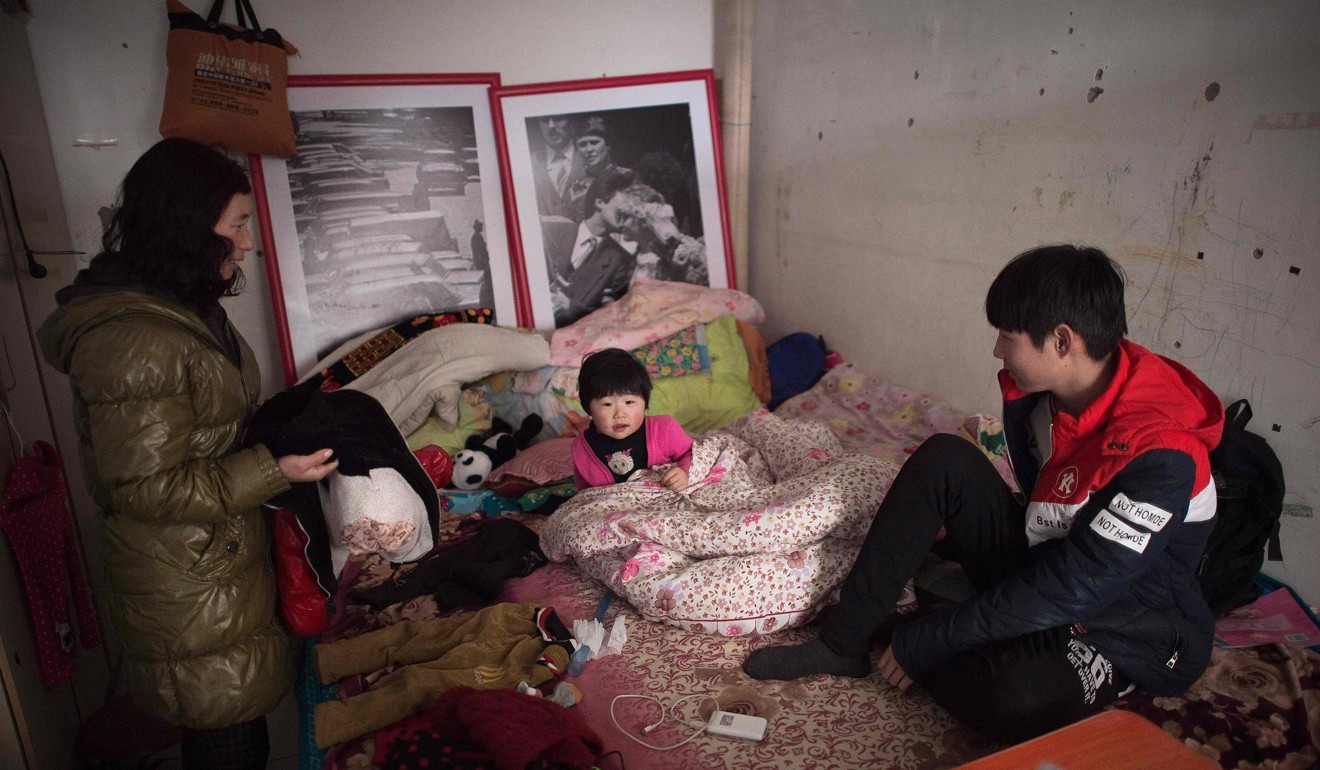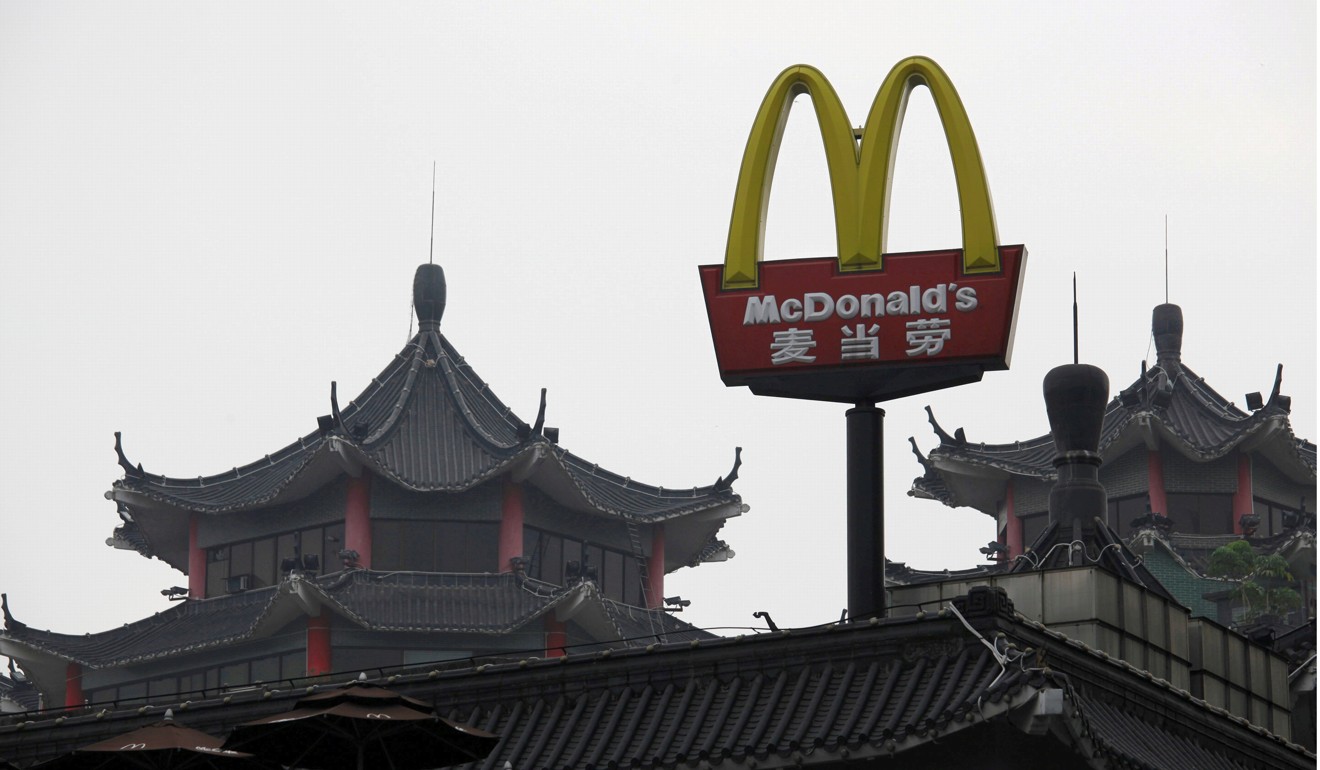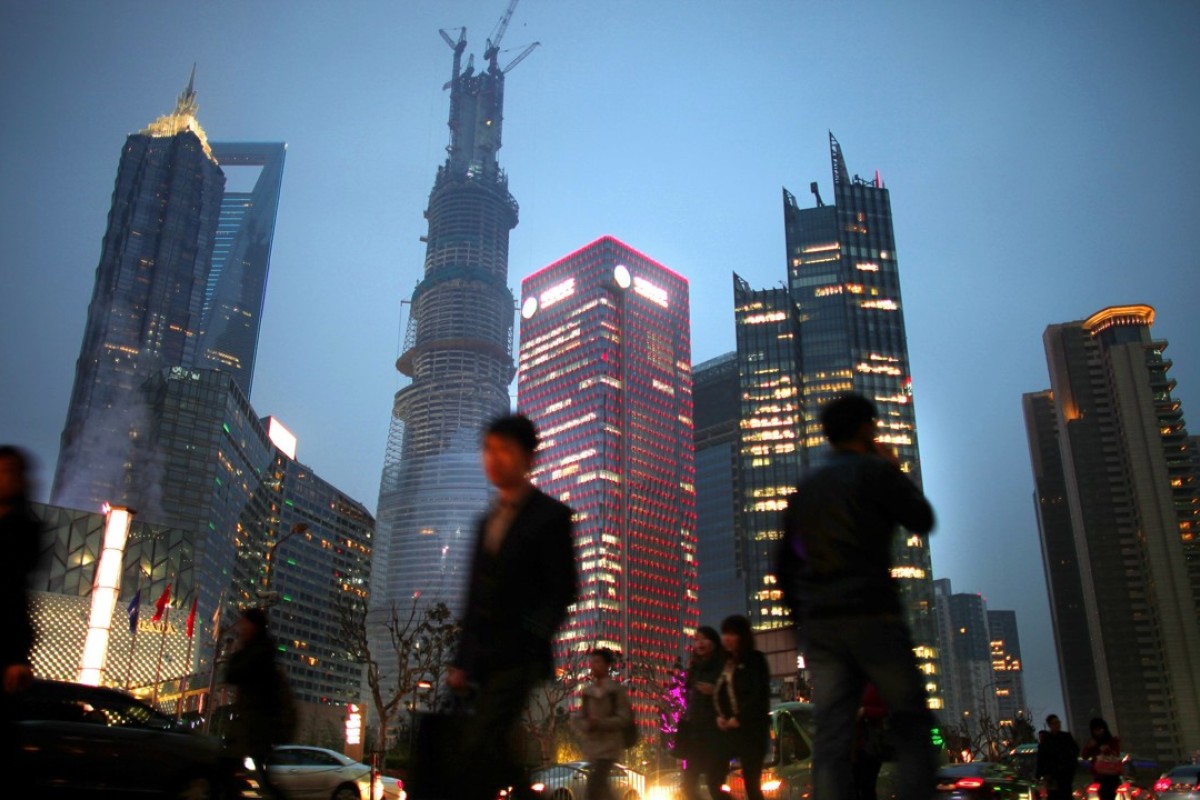Why China’s ‘McDonald’s model’ of development could help poor countries – but Beijing may be drawing the wrong conclusions
Why China’s ‘McDonald’s model’ of development could help poor countries – but Beijing may be drawing the wrong conclusions
Author of How China Escaped the Poverty Trap argues that the country’s success was mainly down to letting innovation flourish at a local level rather than relying on top-down diktats from Beijing
US-based academic Yuen Yuen Ang said that allowing economic innovation to thrive was the secret of China’s success. Photo: Reuters
China’s success in lifting 700 million people out of poverty could provide a model for other developing countries, according to a US-based academic who has warned against switching to a top-down model.
Yuen Yuen Ang, an associate professor of political science at the University of Michigan, said the success of the campaign was down to innovative local level bureaucrats who, from the 1970s onwards, had been operating within a “franchise” system – similar to the McDonald’s business model.
Under such a model, the central government sets out guidelines at its headquarters but local bureaucrats are free to test their own policies in different areas in the same way that franchise branch managers can try different menus in different markets.

Yuen Yuen Ang, author of How China Escaped the Poverty Trap, gives a lecture in New York. Photo: YouTube
The policy transformed the country, transforming it from an economic backwater to the world’s second-largest economy.
But Ang, a Singapore native whose book How China Escaped the Poverty Trap was first published in 2016 – a Chinese-language version comes out next month – questioned whether China’s leadership had really understood why the system had been so successful and cautioned against President Xi Jinping’s centralised approach – a process that had yet to be proven successful.
She told the South China Morning Post that rather than taking specific measures to counter poverty through government diktat, the country’s success was mainly down to allowing local officials to act like chief executives, and encouraging innovation and entrepreneurship.
“When China tried to transition from socialism to capitalism, it did not allow capitalism in the beginning, so the most entrepreneurial and adaptive people in society at that time had to come from the government.
“The bureaucracy became a substitute for the private sector,” she said.
Ang said that some commentators assumed her book was a study of government-led anti-poverty measures, when in fact it mainly focused on the economic reforms of the pre-Xi era that led to China’s transformation from a low-income country to a middle-income one.
The reform process created its own problems, including rampant corruption and inequality, but Ang questioned whether Xi’s centrally driven campaigns to target them were the best approach.
“You can think of the first 35 years of reform and opening up as losing weight by exercise and diet. It works, but maybe it’s not even. You may become very skinny in some places and fat in others,” she said.
“Xi’s targeted poverty alleviation is like a liposuction – targeted and forceful.”
Ang said that to become an advanced economy China needed to keep and reform the decentralised model of development, giving more power to the private sector and civil society to encourage innovation.
“What the Chinese government should realise is that as soon as you make the government do a lot of things and have a lot of goals, you can’t expect them to act like a private sector entrepreneur like they did in the past because their hands are tied,” she said.
“If you want to have innovation as a force for economic growth, it’s not going to come from the government any more. It has to come from entrepreneurs; they have a clear goal, which is to make money.”

Yuen Yuen Ang, an assistant professor of political science at the University of Michigan, says that China’s top-down approach to eliminating poverty has yet to be proven to work. Photo: AFP
Ang warned that Beijing’s misunderstanding of the country’s success in recent decades meant there was a risk of it exporting the wrong model of development to poorer countries.
Some of the projects commissioned under the “Belt and Road Initiative” – Xi’s pet multinational trade and infrastructure development programme – had suffered from adopting the top-down model, she said.
Several of them have triggered furious protests from local residents who were not been consulted about their needs or on the likely impact of the projects.
For example, work on a planned friendship bridge in Manila has suffered repeated delays and setbacks due to local opposition, while the planned Sambor dam on the Mekong in Cambodia has triggered a backlash in Vietnam, which fears it could devastate its fisheries.
“The problem with the belt and road is that when only central planners are involved in these projects, they see things only from their perspective and they are not getting local feedback like they get domestically,” Ang said.
“So people tend to have impressions, understandably, that this is an authoritarian project because only the top down, but not the bottom up, aspect of China’s development model has been exported.”
But while there was a risk of China telling the wrong story about its development to the outside world, Ang said its successful policies could provide a blueprint for other countries.
The lesson the developing world should draw from China’s model was:
start with what you have, not what you want
, she said.
“In China’s context, Beijing directs, while numerous local governments improvise solutions to local problems, thereby generating a diverse and locally tailored pattern of development,” Ang said.
“This insight underscores the practical necessity for leaders or designers to first consider in which areas autonomy should be granted or constrained, and to what degree.”

US-based political science expert Yuen Yuen Ang said developing countries should copy the “McDonald’s model” rather than a top-down approach to eliminating poverty. Photo: Reuters
While Western countries have long operated on the assumption that an economy cannot thrive without strong government institutions, Ang said China’s successes suggested a different approach would work.
International institutions like the World Bank and the United Nations Development Programmes have also started rethinking how they dispatch their development aid to help the third world.
For years, their aid came with conditions that developing countries needed to meet, such as making political reforms, to align their systems more closely with major democracies like the US and Britain.
But Ang argued that while improving governance was important in the long term, in the short term it should take a back seat to allow innovation to flourish.
Once the economy was strong, problems like corruption, and improving democratic and legal standards could be tackled to preserve the benefits that had been gained, she said.












Comments